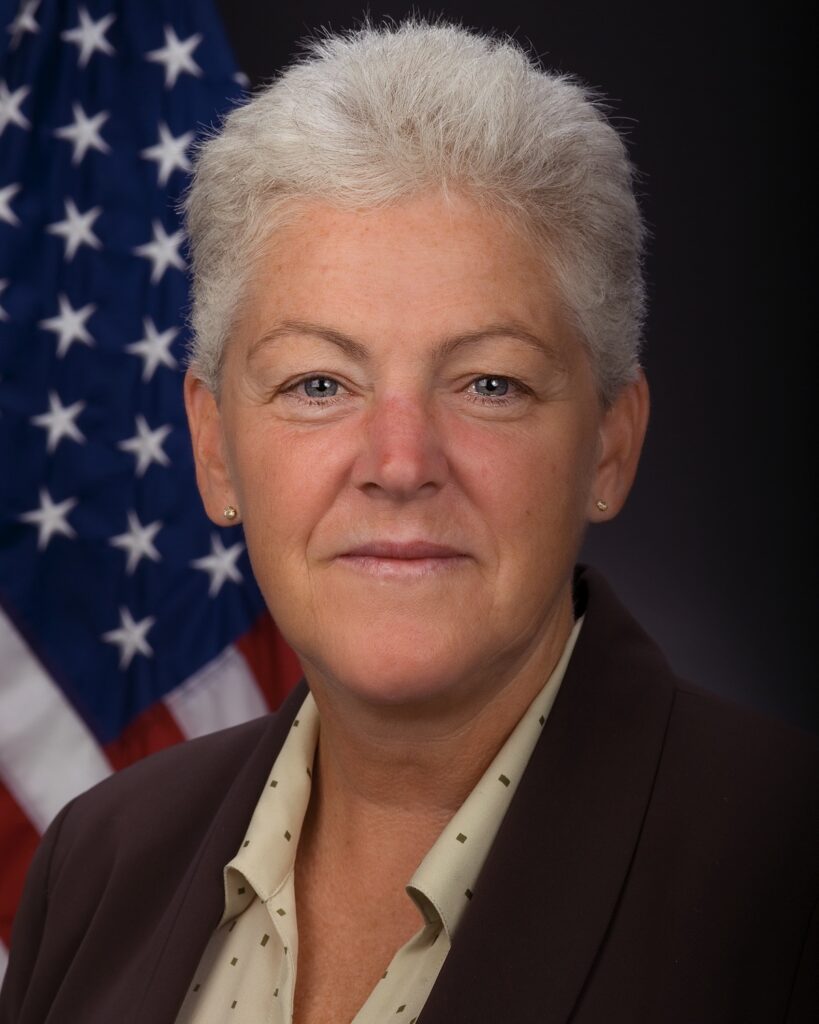President Obama’s Environmental Protection Agency has already promulgated a tsunami of 1,920 regulations, many of which will bring few health or environmental benefits but will impose high economic and unemployment costs, often to advance the administration’s decidedly anti-hydrocarbon agenda. The Heritage Foundation calculates EPA’s 20 “major” rulemaking decisions alone could cost the United States more than $36 billion per year.
Tier 3 Tyranny
The latest example involves a third layer (or tier) of rules the agency says will clean the nation’s air and save lives by forcing refineries to remove more sulfur and other impurities from gasoline. EPA and refiners call the proposal Tier 3 rulemaking. Tier 3 tyranny is more accurate, as the rules would cost billions of dollars while bringing infinitesimal benefits, and will likely be imposed regardless.
Since 1970, automakers have eliminated some 99 percent of pollutants that once came out of the tailpipes of the nation’s cars. “Today’s cars are essentially zero-emission vehicles, compared to 1970 models,” says air pollution expert Joel Schwartz, coauthor of the book Air Quality in America.
In addition, Schwartz notes, more recent models start out cleaner and stay cleaner throughout their lives. “As a result, fleet turnover has been reducing on-road emissions by an average of about 8 to10 percent per year,” Schwartz explains. Over time, that has brought tremendously improved air quality, and continues to do so.
Targeting Sulfur
In addition, since 2004, under Tier 1 and 2 rules, refiners have reduced sulfur in gasoline from an average of 300 ppm to 30 ppm—a 90 percent drop, in addition to previous reductions. Those benefits are likewise ongoing.
By 2022, those existing emission reduction requirements will slash volatile organic pollutants by a further 62 percent, carbon monoxide by another 51 percent, and nitrous oxides 80 percent more—beyond reductions already achieved between 1970 and 2004.
But even this is not enough for EPA, which now wants sulfur levels slashed to 10 ppm, even though the agency’s own models demonstrate that Tier 3 rules, on top of these earlier and ongoing reductions, would bring essentially zero air quality or health benefits.
To achieve those zero benefits, the new Tier 3 standards would cost $10 billion in upfront capital expenditures and an additional $2.4 billion in annual compliance expenses, the American Petroleum Institute reports. The sulfur rules will raise the price of gasoline by 6 to 9 cents per gallon, on top of new fuel tax hikes and gasoline prices that have rocketed from $1.79 to $3.68 per gallon of regular unleaded over the past four years.
Lacking Balanced Perspective
EPA believes the additional sulfur reductions are technologically possible. Its attitude seems to be, if it can be done, we will require it, no matter how high the cost or how minimal the benefits.
At some point citizens need to say, “Current improvements are enough for now. We have other crucial health, environmental, employment, and economic problems to solve, which also affect human health and welfare. We don’t have the financial, human, or technological resources to do it all, especially to waste billions on something where the payback is minimal or even zero.”
Chasing the Last Molecule
Another basic problem is that EPA always assumes there is no safe threshold level for pollutants, and pollution must always and constantly be ratcheted downward, eventually to zero, regardless of cost.
This flies in the face of what any competent epidemiologist knows: the dose makes the poison. There is a point below which a chemical is not harmful. There are even chemicals which at low or trace quantities are essential to proper operation of our muscular, brain, and other bodily functions but can be poisonous at higher doses. There are also low-level chemical, radiation, and pathogen exposures that actually safeguard our bodies from cancer, illness, and other damage, in a process known as hormesis.
Endless EPA Targets
EPA also expanded the ethanol mandate to promote corn-based E15 fuels (15 percent ethanol in gasoline). That means we must turn even more food into fuel, to replace hydrocarbons that we once again have in abundance (thanks to fracking and other new technologies) but our government won’t allow us to develop, and to substitute for cellulosic ethanol that doesn’t exist (but EPA tells refiners they must use anyway).
The agency is also waging wars on coal, automobiles, and the Keystone XL pipeline, all based on assertions carbon dioxide emissions are causing dangerous manmade global warming. Nevertheless, average planetary temperatures have not budged in 16 years, and hurricanes, tornadoes, floods, droughts, and sea level rise have shown no statistically significant variation from century-long averages even as CO2 levels have “soared” to 395 ppm (0.0395 percent of Earth’s atmosphere).
True scientists increasingly recognize solar and other complex, interconnected natural forces as the primary drivers of Earth’s ever-changing and unpredictable weather and climate.
Nothing in the Clean Air Act says EPA has to promulgate any of these rules. But nothing says it can’t do so. It’s largely discretionary, and this administration is determined to “interpret” the science and use its executive authority to restrict and penalize hydrocarbon use—and “fundamentally transform” America.
EPA clearly needs science-based legislative standards, commonsense regulatory actions, and adult supervision by Congress and the courts. Unfortunately, that is not likely to be forthcoming anytime soon.
Paul Driessen ([email protected]) is senior policy advisor for the Committee for a Constructive Tomorrow and author of Eco-Imperialism: Green Power—Black Death. This article first appeared in Townhall.com, and is reprinted with permission.





